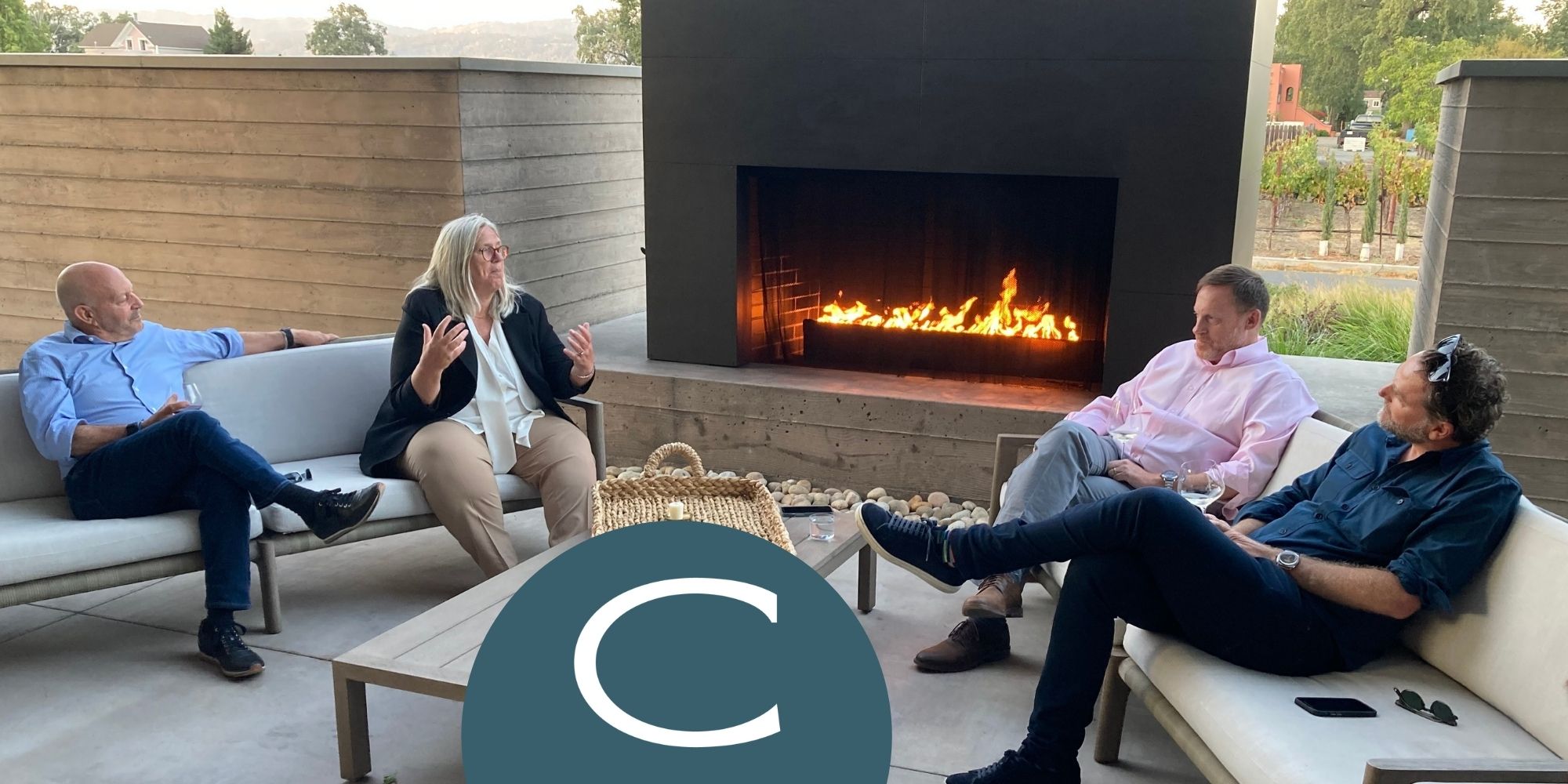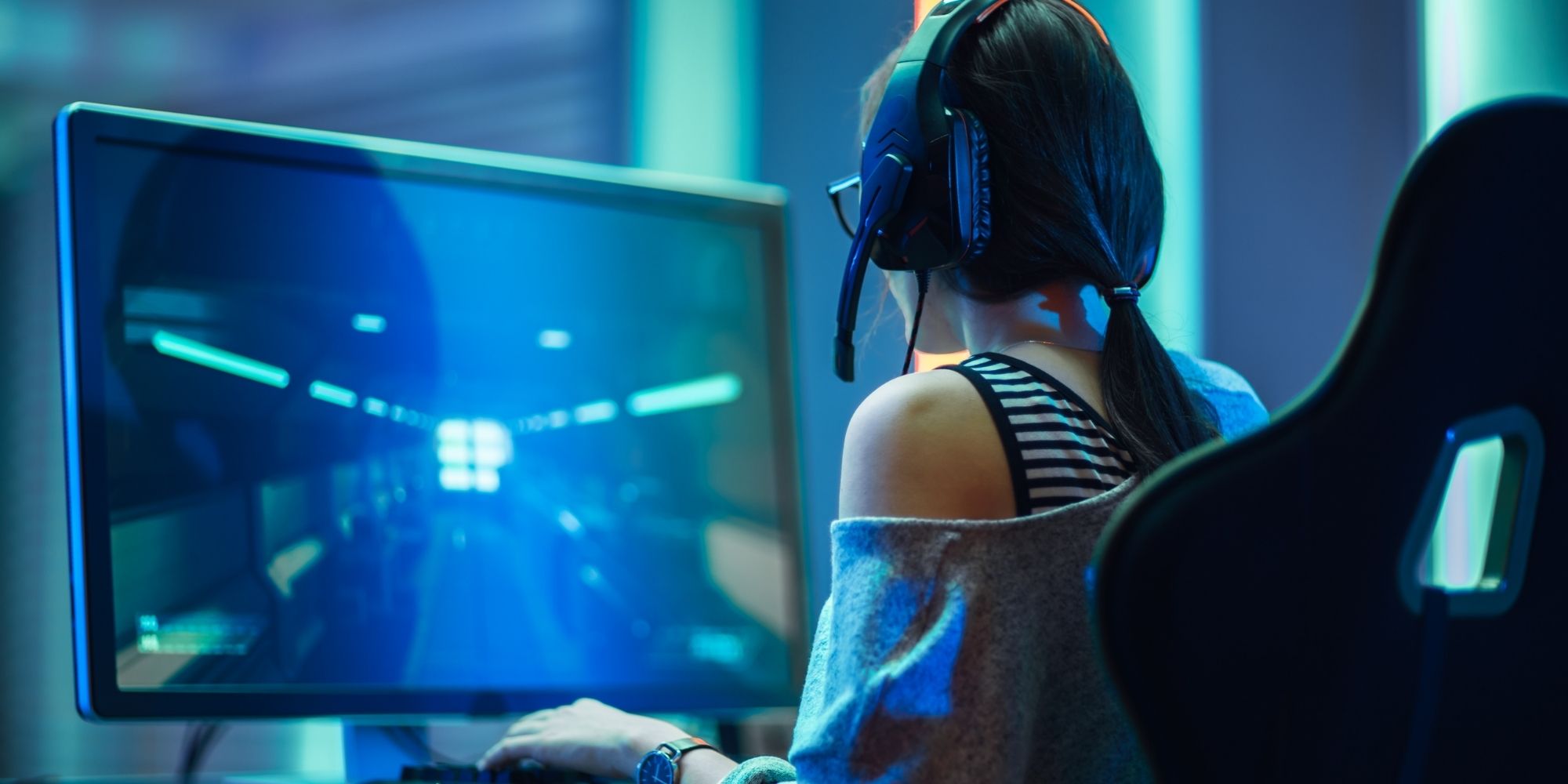Whenever I turn down the sun visor in my Jeep, I see a sticker a fellow Paramedic gave me that makes me chuckle: “COVID-19 – 2020 – Operation Cluster F*ck.” It’s hard to shake off the salty, dark sense of humor, even after having not set foot in an ambulance for over a year. And depending on how you look at it, I either got off just in time or too soon.
When the waves of the Pandemic began to rise and we were all together in the thick of it, I felt a lot of guilt. Despite being completely unaware of the coming pandemic when I chose to leave, the guilt I felt for leaving still sat hard in my chest like a stone for a long while. A big part of me believed that I should be “out there,” shoulder to shoulder with my fellow medics, EMTs, and nurses serving the community during a historic health crisis.
As the Spring turned to Summer and the lockdowns continued, the public’s need for care grew and became overwhelming. I watched my former colleagues, the absolute heroes that they are, burn out one by one. We do this work because we want to help, but when we do it to the extent of sacrificing our own health, we end up not being much help to anyone. Long before the pandemic began I was burnt out, so I had to make an uncharacteristic decision. I closed the doors on my ambulance for the last time on Christmas Day in 2019, just before all hell broke loose.
Luckily, I was still given the opportunity to continue honoring my duty of care in my new role at Concentric’s Global Security Operations Center (GSOC). Though I was no longer a provider in the field, I continued to care for others by combating the spread of false or misleading information, sharing what I knew to be true from experience, and answering as many questions as I could about the developing situation. With this standard in mind, my new team and I set out to tackle a new challenge.
How on Earth do we help keep people safe everywhere during a world-wide health crisis?
Starting day one of the pandemic, we were asked to provide up-to-date information on the status of dozens of locations domestically and across the world. We needed to know how many COVID-19 cases there were and each location’s response at the local, state, and national levels. We were also tasked with researching the locations our clients had recently visited to identify potential exposures.
We, in GSOC at Concentric, just like everyone else, had to navigate the ever changing resources, statistics, and regulation changes as the world’s governments balanced public health and their economies. We also watched as a public health issue became a polarizing political one.
We decided that any information we reported would be confirmed by at least two sources, health and safety recommendations would follow medical best practices, and only verified concrete government actions would be reported. Through my personal connections and resources I could review the latest medical and pharmaceutical studies, which further allowed us to determine what information was valid and worth sharing. The relationships I had grown over the years with Emergency Room and ICU nurses, physicians, and Hospitalists helped advise me on the reality they were living in.
Throughout the pandemic, our team has confidently advised our clients, employees, friends, and family on the essential information they need to make the right decisions for themselves and their loved ones.
We started much like everyone else: Googling around for the latest news and statistics, comparing news sources, and distilling down to the ones who provided the best details. I personally read up on previously published and recommended studies about coronaviruses, so we could better understand what we were up against. I brushed up on my immunology, so we could better spot reports that mistranslated what the hospitals and labs were observing about the symptoms and complications of the disease. And we wiped everything down with isopropyl alcohol long before it officially was recommended by the CDC.
As our list of trusted sources grew, so did the public’s fear. There was a point when the collective shock had worn off, tomorrow became a reality again, and together we began to mourn our old lives, our world that would never be the same again.
Since then, many studies have been published about the ‘infodemic.’ Scientists, professors, journalists, and many others have all asked variations of the same question: “How did this happen?” Overall, their findings have not been too surprising. Least of all to us in the GSOC, as we have watched wave after wave of half-truths, conspiracies, and flat out lies ripple their way across the internet.
We saw everything from miracle cures to conspiracy theories about a new world order and sinister plans by philanthropists. Hoaxes controlled by the Democratic Party to bat soup and bioweapons. Tracking chips in needles and 5G mind control to grand plans to control the human population.
Painfully, studies now show that the most damaging pieces of disinformation were sparked by the highest levels of public office and individuals in trusted positions. The most prevalent topic of misinformation between January and May in 2020, the height of the pandemic, was ‘miracle cures’ for COVID-19, which was directly related to President Trump’s words. (Coronavirus misinformation: quantifying sources and themes in the COVID-19 ‘infodemic’: Cornell University)
During that time, out of 38 million articles from traditional media sources, at least 1.1 million contained misinformation, and nearly half of those were connected to conspiracy theories. Just 16 percent of the sources containing misinformation were fact-checked. The rest were amplified to the public through news channels and articles by ‘prominent persons whose views and comments are considered newsworthy’ without question or correction. And social media only helped spread them faster and further, like a summer wildfire burning out of control. Like the flames, they contorted everything they touched; every share, retweet, and Facebook argument only gave them oxygen and helped them grow larger.
“Misinformation about COVID-19 is a serious threat to global public health. If people are misled by unsubstantiated claims about the nature and treatment of the disease, they are less likely to observe official health advice and may thus contribute to the spread of the pandemic and pose a danger to themselves and others. Health protection strategies such as hygiene, sanitation, social distancing, mask wearing, lockdowns, and other measures will be less effective if distrust of public health authorities becomes sufficiently widespread to substantially affect public behavior. Specifically, misinformation about treatments for COVID disease can prompt people to attempt cures that might harm them, while fears and distrust about a possible vaccine could undermine the uptake of any vaccination campaign aiming to immunize the public at a later date.”
In this case, ignorance has not been not bliss, ignorance is killing and permanently disabling hundreds of thousands. Ignorance is draining the resources from hospitals and EMS systems across the country. Ignorance has married public health and political ideologies into a beast that has divided our country.
If the antidote to fear is knowledge, then the key to understanding is context.
Without context, it is hard to really understand the dizzyingly complex situations around us, but I can’t give that to you. I don’t know how to show you what it looks like, sounds like, smells like, feels like when a person is dying and a dozen others are trying to save them. We can’t parade the public through the hospital wings or give you a crash course in critical care. I wish we could, but we can’t.
But what you can do is ask questions and listen to the answers from experts in their field. (There is a good chance that if the answer is not very scandalous, it’s likely true.) Examine your sources, read the whole article, and share carefully. Understand that where you get your news matters. “News” should not be partial. At Concentric, we constantly strive to be a valid, researched, and reliable source of information.
So, what do we do now?
We here, at Concentric’s GSOC, will continue to hold to the integrity of our standards. We have not, and will not, waiver in that commitment, that duty of care to keep people safe no matter where they are, even in a global crisis like the one we are all living through. Even though I wasn’t able to be on the front lines, I was able to help and make a difference by educating those around me. I am proud of every answer we have given and reports we have written.
The standards we maintained throughout our reporting on COVID-19 have only been further solidified in the follow-on misinformation movements surrounding the presidential campaign, the January 6 protests, and vaccines. The hard lessons we learned and the effort we put into ensuring our information matched our reputation will continue to benefit us, our clients, and our industry.
We will continue to provide that knowledge as the antithesis to fear because it matters, because we owe it to our clients, and because a more empathetic world is a safer world.
Here are some of our most trusted sources of information:
Media:
- The Conversation – “The Conversation is a nonprofit, independent news organization dedicated to unlocking the knowledge of experts for the public good. We publish trustworthy and informative articles written by academic experts for the general public and edited by our team of journalists.”
Studies:
- The Cornell Alliance for Science, Department of Global Development, Cornell University – “Coronavirus misinformation: quantifying sources and themes in the COVID-19 ‘infodemic’”
- Federation of State Medical Boards – “Spreading COVID-19 Vaccine Misinformation May Put Medical License at Risk”
- Frontiers in Communication – Health Communication – “How Fear, Socio-Cognitive Polarization and Problem-Solving Influence Fake News Detection and Proliferation During COVID-19 Pandemic”
Research:
-
- US National Library of Medicine | National Institutes of Health – “COVID-19: Fear, quackery, false representations and the law”
-
- Nature Portfolio – the leading international weekly journal of science






